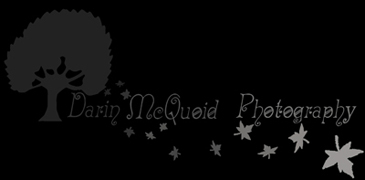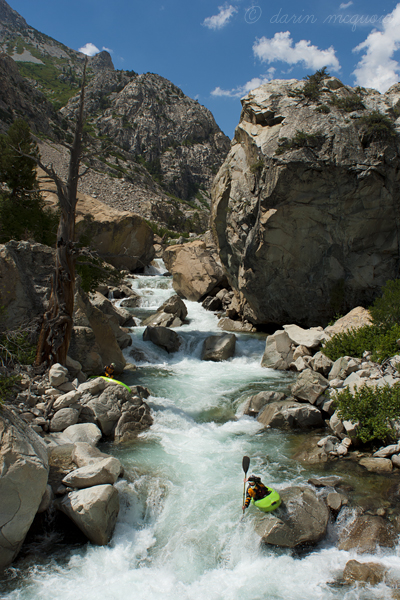
| Darin McQuoid | Blog | Reviews | Tutorials | River Directory |
Nikon
D200 in 2011


Weight:
30oz
It's quite odd to be reviewing a camera that is now three generations
old. There are plenty of full reviews out there from when the Nikon
D200 was in production. At the time it did an amazing job of bridging
the gap between consumer cameras and the big, heavy professional
models. While not exactly light at nearly two pounds, it does have a
magnesium alloy body and many pro level features. From spring 2007 to
fall 2009 the Nikon D200 was my workhorse. At the time it was a good
functional camera that could produce nice images in good light.
How does this camera stack up in the modern era? Unlike the D50 or D70 I wouldn't look for one. It's not an intro camera, it's very complicated and was designed for an advanced user. With a 2011 market value of $400-500 there are simply better options out there for money, like a Nikon D90 or Sony A55.
10mp:
Still ok by todays standards, and
exacting enough to show lens flaws.
Native ISO of 100: A step down from the native ISO 200 of the D50 and D70 for shooting action.
5fps: At the time of release, a very respetable frame rate, but slow by 2011 standards. The buffer can keep up, which is very nice.
In body AF motor: Access to older AF lenses.
Metering for AI and AI-S lenses. You can enter the focal length and maximum aperture of older lenses and the camera will meter correctly, and record the correct data in EXIF.
Although it was higher end camera with many more
features
and more pixels, I never liked the way the D200 rendered images. It got
the job done, but there was never anything particularly pleasing to my
inner-self about the images. I really preferred the images out of the
lowly D50, but used the D200 for the improved frame rate and great
controls. I certainly don't miss the battery consumption rate of the
D200 either, much like a point and shoot it goes through batteries like
nobodys business. The build quality is great, it is a tough camera and
feels good in hand.Native ISO of 100: A step down from the native ISO 200 of the D50 and D70 for shooting action.
5fps: At the time of release, a very respetable frame rate, but slow by 2011 standards. The buffer can keep up, which is very nice.
In body AF motor: Access to older AF lenses.
Metering for AI and AI-S lenses. You can enter the focal length and maximum aperture of older lenses and the camera will meter correctly, and record the correct data in EXIF.
How does this camera stack up in the modern era? Unlike the D50 or D70 I wouldn't look for one. It's not an intro camera, it's very complicated and was designed for an advanced user. With a 2011 market value of $400-500 there are simply better options out there for money, like a Nikon D90 or Sony A55.
